What We Can Customize for Your Card?
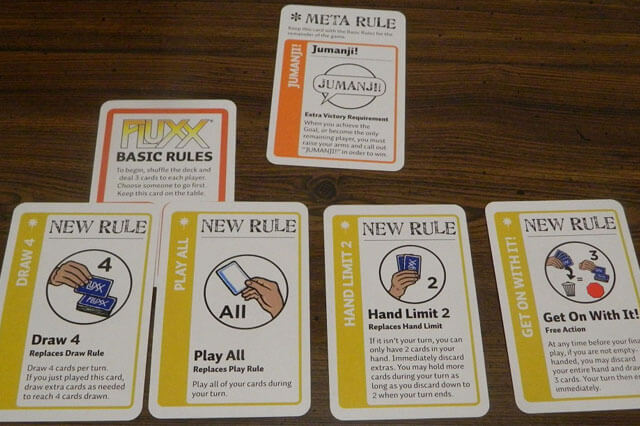
1. Card Size
- We provide 4 standard common sizes for your cards, 63*88mm for Blackjack / Poker cards, 57*87mm for bridge cards, 70*120mm or 88*126mm for Tarot cards.
- You can also contact us for customizing your own card size.
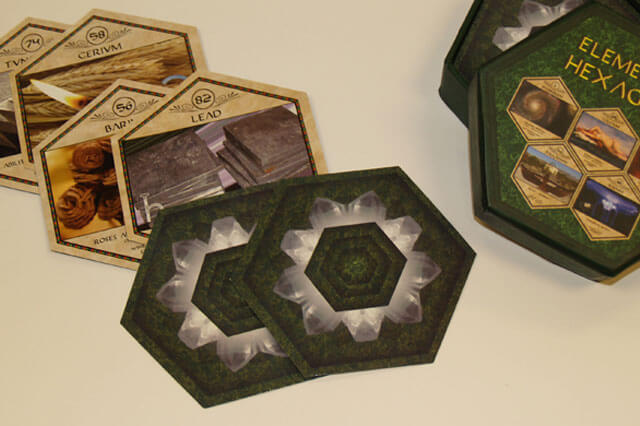
2. Card Shape
- Square/Round/Rectangle/Oval/Heart/Star/Triangle
- You can also contact us for customizing your own card shape.
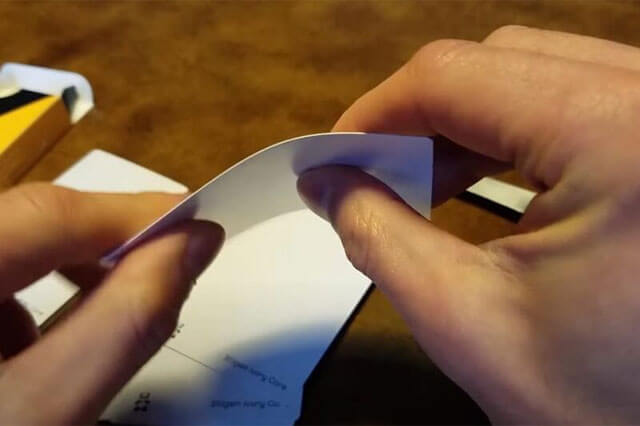
3. Card Material
- 250 / 300 / 350 glossy paper
- 280 / 300 gsm grey core playing cards
- 310 gsm German-made black core playing cards
- 300 gsm China-made black core playing cards
- 250 /300 gsm blue core playing cards
- 0.3-0.35mm thick white/black smooth PVC
4. Surface Finish
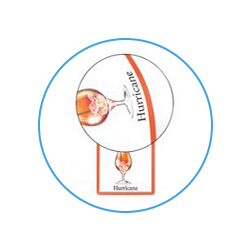
Matt Varnish
Provides a softer, more natural look that reduces or prevents glare against bright lights.

Gloss Varnish
Creates a smooth surface, while the increasing color will interfere with your reading.
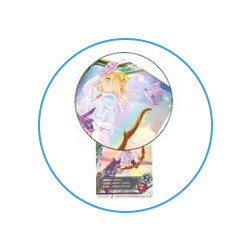
Laser Color Foil Stamp
Offer excellent graphics in multiple colors to your customized cards.
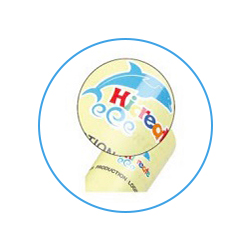
Laser Gold Silver Foil Stamp
Offer excellent graphics in gold silver colors to your customized cards.
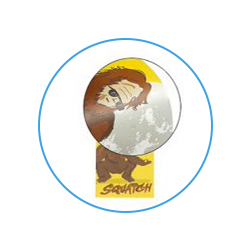
Matte Lamination
Provides a softer, more natural look that reduces or prevents glare against bright lights.
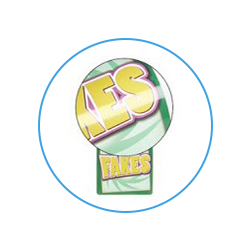
Gloss Lamination
Apply a thin plastic layer to the card to offer a shinier appearance.
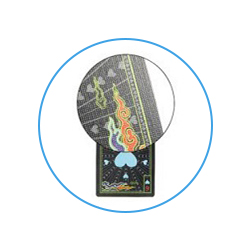
Linen Finish
Make your card features a unique cloth looking and feeling texture.
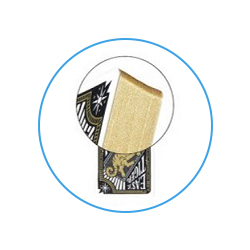
Spot UV Coating
It's a deluxe printing technique, it makes your card high-shine and glossy and offers the best contrast.
File Requirements
If you want, we can provide die cut line to you to make the artwork.
- PDF, PSD, AI
- ≥300 PPI
- CMYK 4 color (Cyan, Magenta, Yellow, and Black).
- Black need pure black(C:0%,M:0%,Y:0%,K:100%)
- 4C/4C (4 color 2 sides printing)
- 4C/0C (4 color 1 side printing)
- 3~5 mm
Tips on Designing Game Cards
Some general card graphic design tips that should be helpful.
You should choose 3 to 4 colors for your color scheme. Make sure that the colors don't clash between text, borders, backgrounds, and images, but have enough contrast so that the player can clearly distinguish between them.
Ideally, you cards should have 2 to 3 fonts and make sure they indicate the direction of the eyes and help players read the text. The fonts should contrast and complement each other, so if you choose a cursive or italic font, choose a font with heavy bold lines.
Instead of a static image in the middle of your cards, you should choose images that generate motion. Because the static image disrupts the flow of the overall image when flat centered images arouse the eyes just to the center of the card.
Terms & Acronyms
Explanations of some terms and acronyms which will help you talk about the business of game cards creation with us.

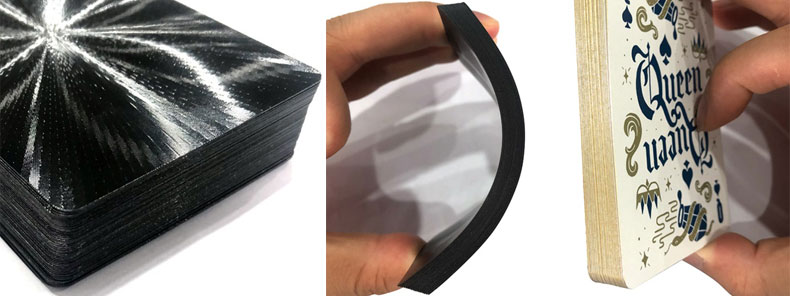
GSM
- Card & paper stock weight is measured in GSM (grams per square meter). The higher GSM the thicker and heavier the card will be.
- 128/157 gsm commonly used for the manual, surface paper of game board & box.
- 250/300/350 gsm is usually used for the card.
| 10–35 gsm | Tissue paper |
| 35–100 gsm | Light to medium text paper |
| 100–150 gsm | Heavy text paper or cardstock |
| 150-200 gsm | Heavy cardstock |
| 200-240 gsm | Very heavy cardstock |
| 240-270 gsm | Lightweight playing cards |
| 270-310 gsm | Medium weight playing cards |
| 310-330 gsm | Premium quality card stock & poster paper |
| >330 gsm | Very heavy card stock |
Card Core
- The card core goes from grey to blue & white, and finally to black, the quality, stiffness, and durability of the card increase.
- Grey core is the cheapest, black is the most expensive.
- The white core and blue core are basically the same in terms of quality and price.
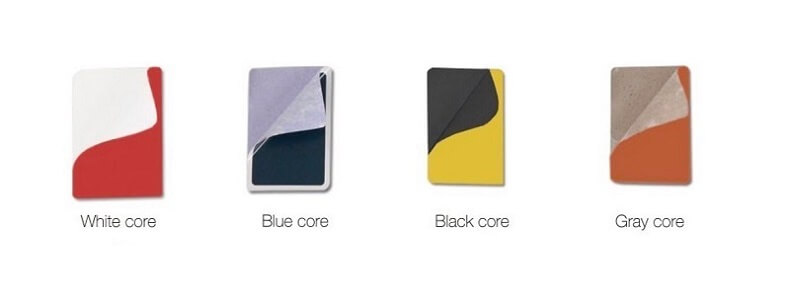
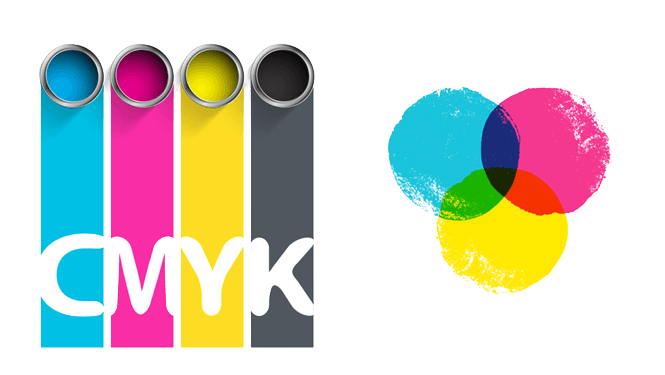
CMYK
- 4C means CMYK (Cyan, Magenta, Yellow, and Black)
- CMYK is best for printed materials because print mediums use colored inks for messaging.
Custom Classic Game Cards
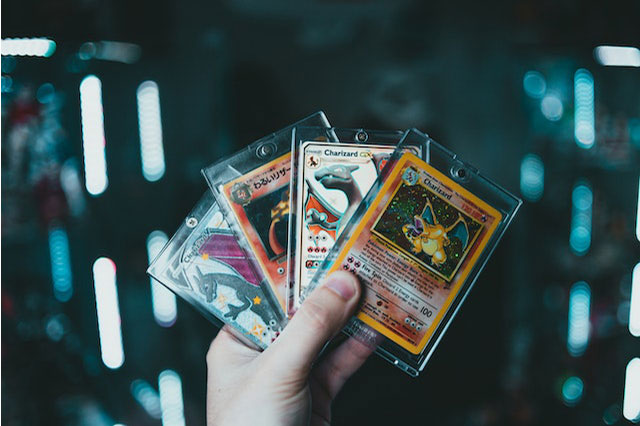
Pokemon Cards
It is possible for us to create custom Pokemon cards, but it is important to note that using copyrighted artwork and designs without permission is illegal. We can help you create custom cards with various features, such as custom art, card type, attack and defense stats, and more.
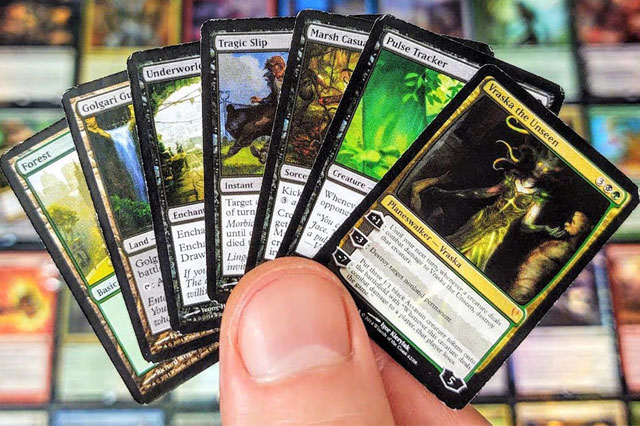
MTG Cards
We can help you customize the MTG card deck with art, text, and layout that fits your requirements. Such as helping you choose the color to best fit the card's theme or abilities, determining the card types with their own rules and restrictions, and making it balanced with the card's mana cost.
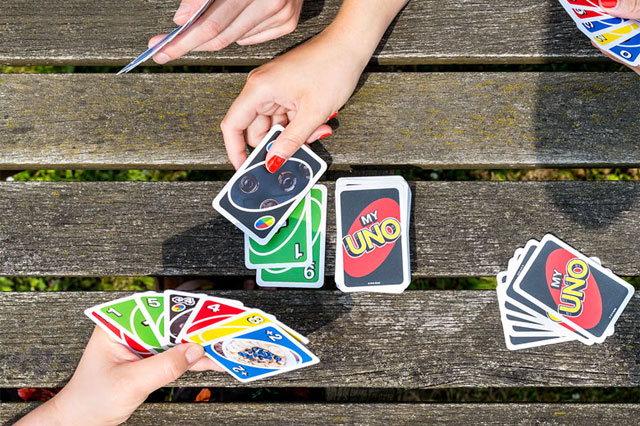
UNO Cards
UNO cards typically have a colored border, a number or special action in the center, and the UNO logo in the top left corner. For your custom UNO cards, we can add your personal touches, such as customizing the colors, patterns, images, and text, which can make the game even more fun and unique.
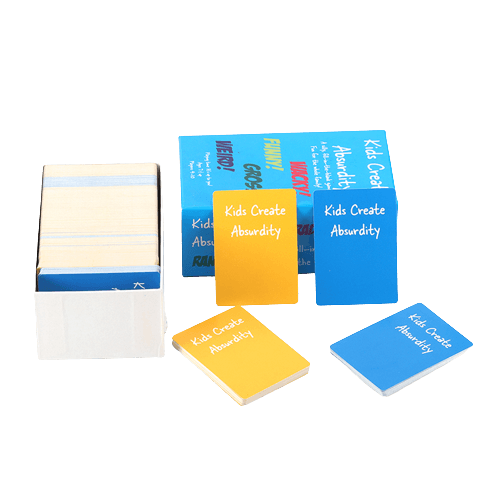
Get In Touch With Us Now
